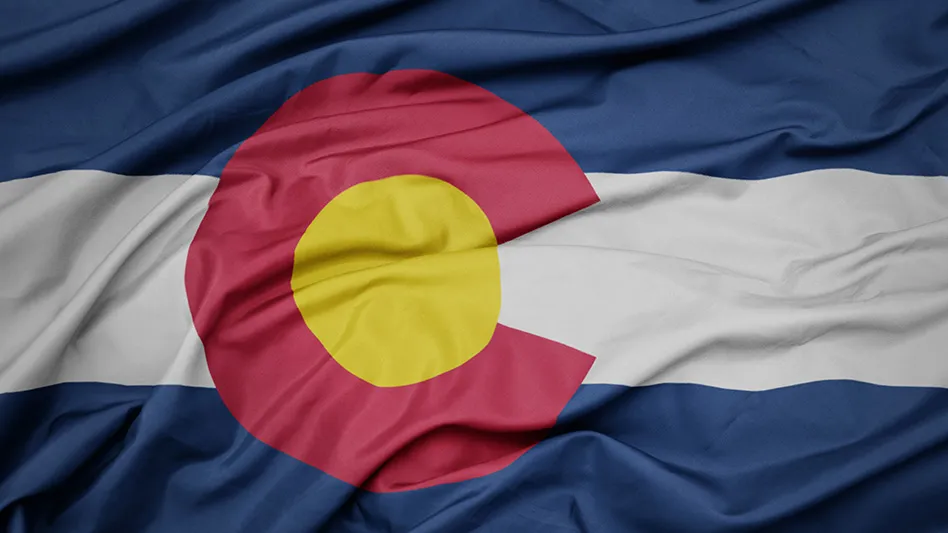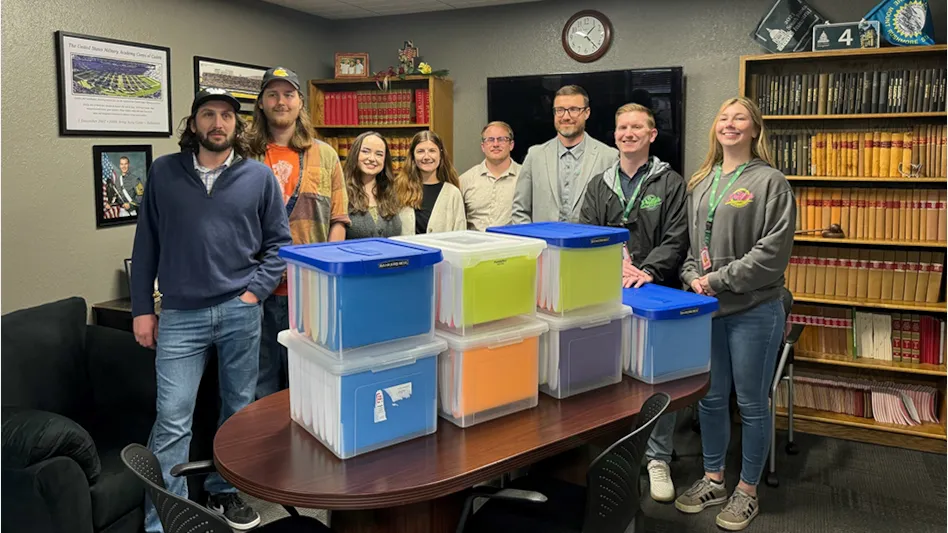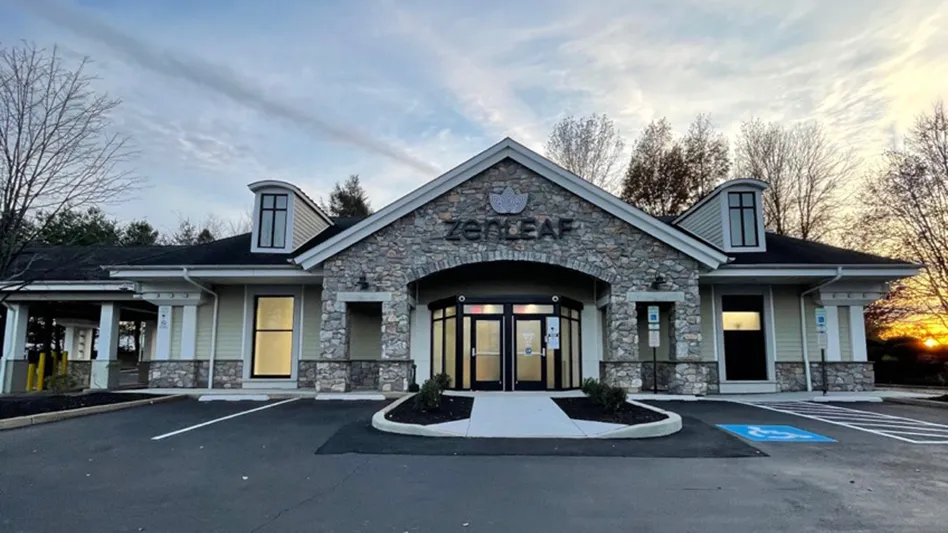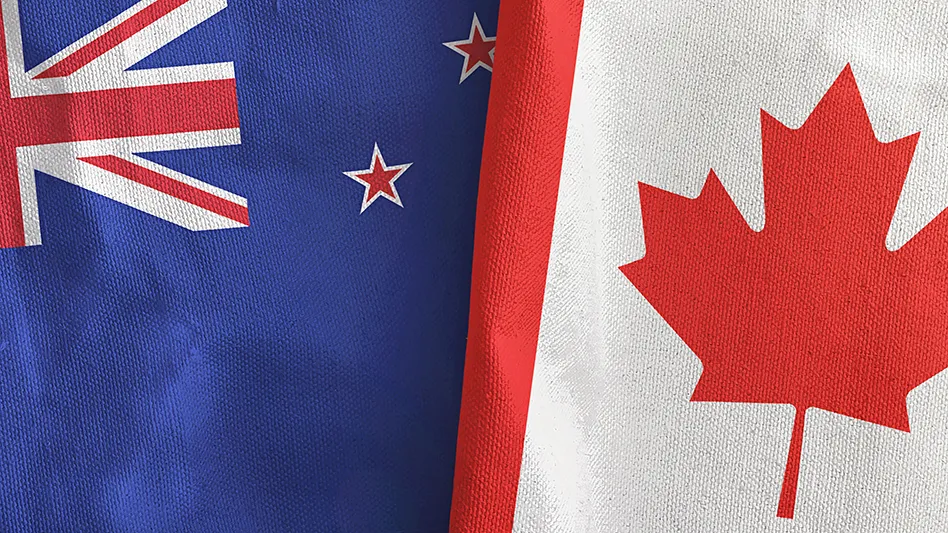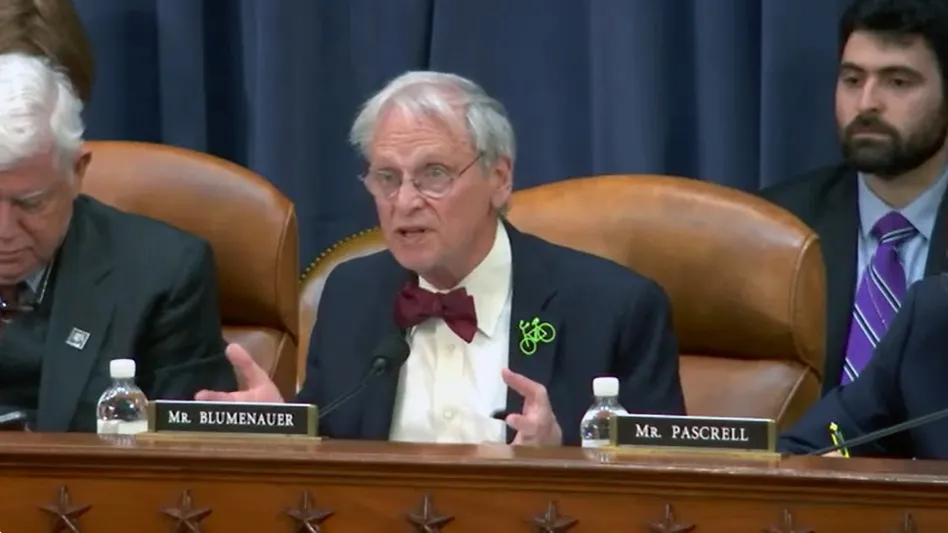

Despite the remarkable scientific and social progress we’ve seen with cannabis in recent years, the language we use to discuss its vast and varied effects is still stuck in the past. In some ways, this disconnect between common vernacular and scientific discovery is understandable. Cannabis is uniquely complex. It defies the narrow scope of conventional “single compound, single target” pharmacology. Yet the task of resetting the language of cannabis is vital. Learning to analyze, interpret and intelligently discuss this botanical powerhouse will help ensure better experiences for longtime users and newcomers alike.

Farma, a dispensary in Portland, Ore., has proven this process can be done on a small scale. Grounded in the work of the renowned neurologist and cannabis research pioneer Dr. Ethan Russo, Farma is one dispensary paving the way to cannabis curation according to chemical composition rather than plant morphology. By aggregating and analyzing reliable lab data-that is, by focusing on chemotypes rather than folklore and strain names-dispensaries can help guide patients and consumers through a spectrum of effects that more effectively target specific needs and desired experiences.
Sound Data Begets Sound Analysis
The process of analysis begins with ensuring safe access. In Oregon, this means partnering with independent, state-accredited labs capable of testing for more than potency and primary cannabinoid content, but the full spectrum of active compounds. Other states, such as California, are in the process of developing their own testing protocols.
Without solid lab data from the start, we cannot hope to generate reliable resources and experiential predictions that help folks form a lasting, positive relationship with the plant.
Curating with Chemotypes
Not everyone coming through the doors of a dispensary will have had a pleasant experience with cannabis. Maybe this is their first time; maybe they’re gun-shy after an encounter with a strong edible; maybe they’re coming for symptomatic relief without losing clarity and functionality. But that scent! It gets them every time. It is as intoxicating as it is calming, akin to some sort of urban forest bathing experience. Yet that comforting scent belies a surprising truth: the nose knows. And it is one of our greatest tools for understanding how cannabis will interact with our individual endocannabinoid systems. (For this reason, dispensaries would benefit from allowing consumers to smell and examine the product they’re buying. Pre-packaged and sealed flower is antithetical to informed consumer judgment.)
Researchers like Dr. Russo have shown how cannabinoids and those delicious scent compounds, terpenoids, work in tandem to create, mitigate and modulate our individual responses to cannabis consumption. This is commonly known as the “Entourage Effect.” This poly-pharmaceutical phenomenon suggests that the way we experience cannabis is dictated not by the plant’s morphology (indica or sativa) or even one or two isolated compounds, but through a myriad of molecules working in conjunction with one another.

The key, then, is knowing how all these active compounds-but particularly cannabinoids and terpenes-interact with our bodies. To this end, it is imperative that we generate complete and detailed lab reports with each harvest.
Using this data, consumers will no longer have to rely solely on the strain name when trying to ascertain effects-which is particularly ineffectual when it comes to proprietary chemovars, as there is little basis for comparison.
But what about those good-old standbys like Blue Dream? Is it not possible to make accurate predictions about these stalwarts? The answer, unfortunately, is no. That’s because, phyto-chemically speaking, one batch of Blue Dream will never be exactly the same as another. Depending on the genetic stock, the methods and the environment in which it was grown, even well-known cultivars can show significant swings in phyto-chemistry from harvest to harvest. For instance, one batch might be myrcene-dominant and thus a bit “stonier,” while another is much more focused and peaceful with a higher pinene concentration. A predicted effect comes from the weighing of all these tested compounds against one another to see which way the scale may tip.
In practice, this complexity can be daunting. Is a customer looking for appetite suppression? Perhaps they should try something high in THCV, humulene or a high-limonene/CBD combo. Pain relief? Myrcene and linalool are both known for their analgesic properties. Anxiety? CBD, for sure, but also CBG, CBC, pinene, and beta-caryophyllene, the only aromatic compounds to work similarly to CBD by helping to mitigate a negative THC response. Compounds should not be thought of independently of one another. Research has shown, for example, that when beta-caryophyllene and humulene are found together in high concentrations, anti-proliferative activity soars, inhibiting certain types of cancer cell growth. The combinations are endless, because this plant is so tremendously multifaceted.
Few would dispute that cannabis science is evolving, and we still have much to learn. But that should not keep us, as the face of the industry, from striving to responsibly parse the data that we have at our disposal. The effort is worth it. There is no better feeling than knowing that you positively helped redefine someone’s relationship with cannabis, to hear how your careful recommendation met or even exceeded their expectations.
Genetic Genesis
To a degree, and likely unacceptable in any other industry, cannabis consumers have to take dispensaries at their word about the cultivars they carry. Does this Durban Poison possess true Durban genetics? Until now, there was no way to decisively know the answer. Buyers were forced to take the name on the jar at face value. Genotype certification changes that.
Phylos Bioscience here in Portland has revolutionized consumer reliability and grower reproducibility with the introduction of a certification system that ensures genetic identity. Through DNA sequencing, consumers can more accurately infer similar effects. Farma is proud to have been chosen as the first dispensary to bring that data to customers.
With the help of growers and breeders from around the world, tens of thousands of genetic samples have already been collected and placed within the Phylos Galaxy-an interactive, three-dimensional web that enables users to visualize the world of cannabis cultivars and how they relate to one another. Because Phylos works strictly with DNA from stems, samples can be collected from anywhere in the world, providing growers with the ability to not only protect proprietary cultivars, but also fine-tune genetics and cultivation methods. Further, the transparency provided by the Galaxy builds trust with consumers and better informs purchasing decisions.
We are in an exciting and dynamic period in the evolution of cannabis. The truth is, though, a lot of misinformation is out there, much of it steeped so deeply into cannabis and mainstream cultures that we have no choice but to work with it. The flawed, but familiar indica/sativa/hybrid taxonomy is here to stay for the foreseeable future. That said, people generally trust scientific data, especially when it is consciously cultivated and actively made approachable.As the customer-facing side of this industry, it is our responsibility to erase the legacy of generations of prohibition and propaganda with a new, more evidence-based paradigm. By arming growers and budtenders with the resources they need to engage effectively and confidently with even the most hesitant of customers, together we can reframe the entire conversation around cannabis.
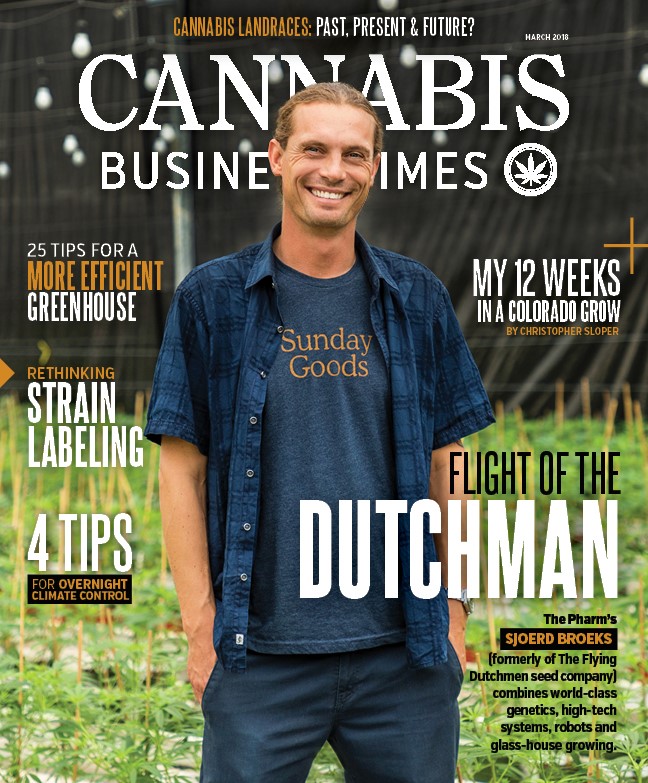
Explore the March 2018 Issue
Check out more from this issue and find you next story to read.
Latest from Cannabis Business Times
- Cannabis Rescheduling: Where Do We Go From Here?
- Verano Opens MÜV Haines City, Company’s 75th Florida Dispensary
- Ascend Wellness Holdings Reports $142.4M Net Revenue for Q1 2024
- Trulieve Reports $298M in Revenue for 1st Quarter 2024
- SNDL Reports 1st Quarter 2024 Financial, Operational Results
- Leading Cannabis Brand STIIIZY Expands Retail Presence With Fresno Location Opening Saturday, May 11
- The Cannabist Co. Reports 1st Quarter 2024 Results
- Green Thumb Reports $276M Revenue for 1st Quarter 2024
